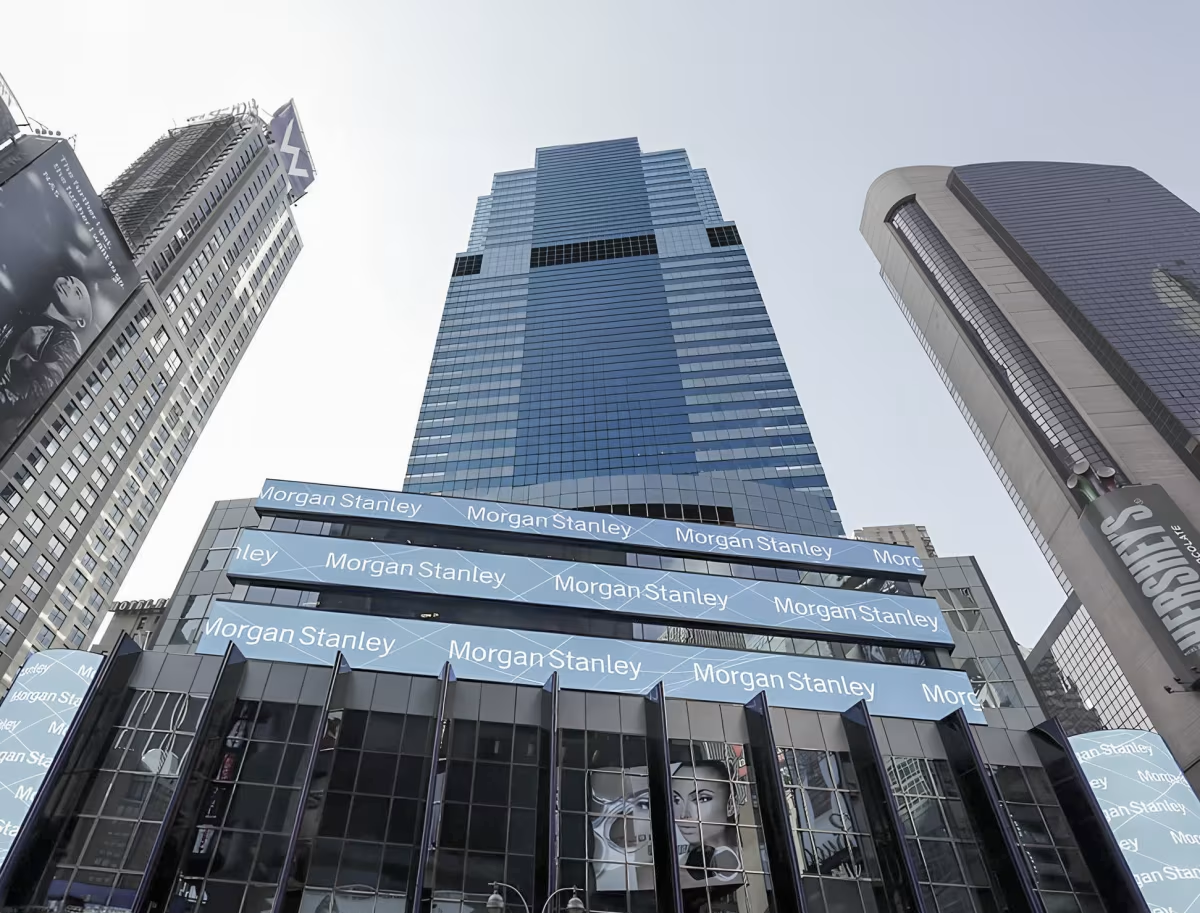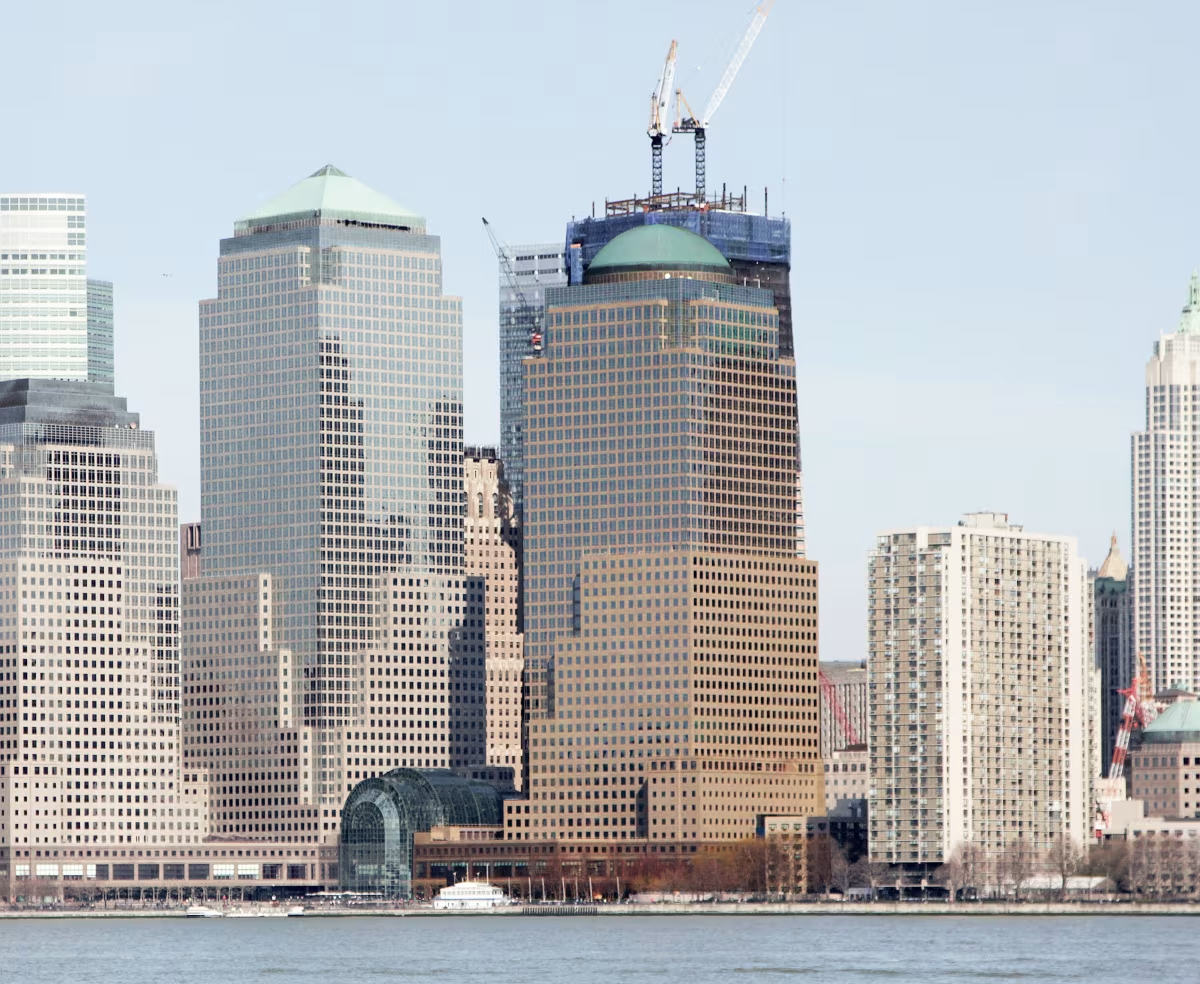1585 Broadway Building vs 225 Liberty Street Building


Comparing the 1585 Broadway Building and the 225 Liberty Street Building is interesting because they both stand in New York, NY, and were completed within 3 years of each other, but they were designed by different architects.
This offers a unique glimpse at how rival designers approached projects in the same city during the same era.
Height & Size
These two towers present an interesting contrast in their proportions. The 1585 Broadway Building rises higher at 686ft (209m), while the 225 Liberty Street Building reaches 646ft (197m). However, the 225 Liberty Street Building accommodates more floors with 44 levels above ground, compared to 42 floors in the 1585 Broadway Building.
This suggests different approaches to interior space design. The 1585 Broadway Building has an average floor-to-floor height of approximately 5m, while the 225 Liberty Street Building has more compact floors averaging around 4.5m each. The taller building's more generous floor heights might indicate grander interior spaces, higher ceilings, or different programmatic requirements.
These different proportions likely reflect the specific needs each building was designed to serve, whether driven by zoning regulations, client requirements, or the intended use of the spaces within. The contrast shows how architects can achieve different spatial experiences even when working with similar overall building scales.
Architectural Style
Both the 1585 Broadway Building and the 225 Liberty Street Building were designed in line with the aesthetic conventions of the Postmodernism style.
At the time, this style was at the height of its popularity. So both Emery Roth & Sons and Cesar Pelli & Associates followed what was in many ways expected of them, producing designs that fit comfortably within contemporary architectural norms, rather than breaking with convention.
Uses
Both the 1585 Broadway Building and the 225 Liberty Street Building were designed to serve as commercial towers, and that has remained their main use since their completion, serving similar roles in the urban fabric.
The 225 Liberty Street Building also provides 800 parking spaces.
Structure & Facade
Both the 1585 Broadway Building and the 225 Liberty Street Building rely on a Frame structural system.
A frame structure uses a grid of columns and beams to carry the building's loads. This frees the walls from structural duties, allowing for flexible floor plans and larger windows.
They also employ the same type of facade, a Curtain Wall facade.
A curtain wall is a non-load-bearing facade hung from the structural frame. It is anchored to floor slabs and transfers only its own weight and wind loads, allowing for sleek, glassy exteriors.
| 1585 Broadway Building | 225 Liberty Street Building | |
|---|---|---|
| Emery Roth & Sons | Architect | Cesar Pelli & Associates |
| 1989 | Construction Started | 1985 |
| 1990 | Year Completed | 1987 |
| Postmodernism | Architectural Style | Postmodernism |
| Commercial | Current Use | Commercial |
| 42 | Floors Above Ground | 44 |
| 209 m | Height (m) | 197 m |
| 121000 | Built-up Area (m²) | 247793 |
| Frame | Structure Type | Frame |
| Steel | Vertical Structure Material | Steel |
| Concrete, Steel | Horizontal Structure Material | Concrete And Steel |
| No | Facade Structural? | No |
| Aluminum, Glass | Main Facade Material | Granite, Glass, Aluminium |
| Solomon Equities | Developer | Brookfield Properties |
| Jaros Baum & Bolles | MEP Engineer | WSP Flack + Kurtz |
| WSP Cantor Seinuk | Structural Engineer | Thornton Tomasetti |
| NY | State | NY |
| New York | City | New York |
| 1585 Broadway | Address | 225 Liberty Street |